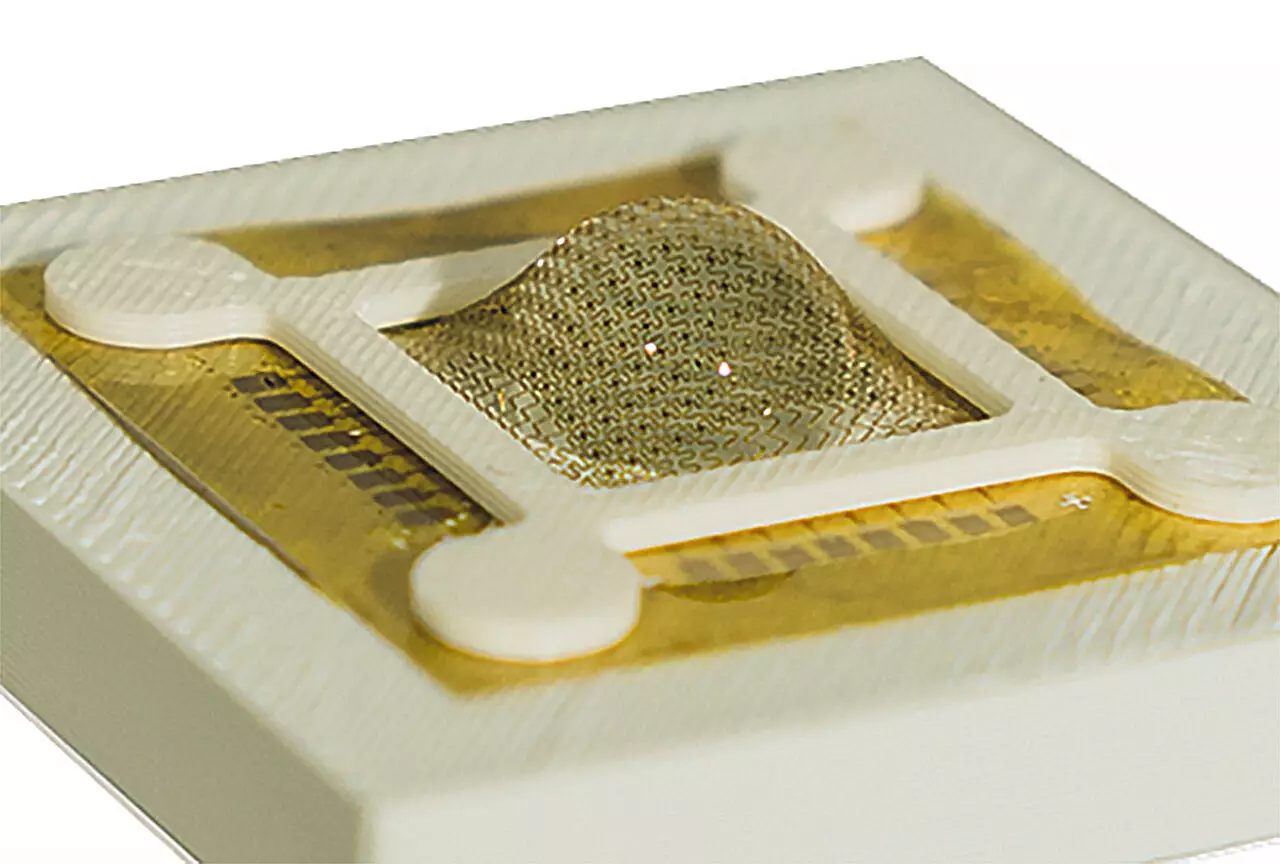Self-driving cars have been making headlines for their groundbreaking technology, but they are not without their flaws. These cars occasionally crash due to limitations in their visual systems, especially when it comes to processing static or slow-moving objects in 3D space. This issue is reminiscent of the visual capabilities of insects, such as the praying mantis, whose compound eyes provide excellent motion tracking and a wide field of view but lack depth perception.
Mimicking Nature
Researchers at the University of Virginia School of Engineering and Applied Science have taken inspiration from the praying mantis’s unique visual system to develop artificial compound eyes that overcome the challenges faced by traditional machine vision systems. By integrating microlenses and multiple photodiodes that produce an electrical current when exposed to light, these artificial eyes replicate the biological capabilities of the mantis eyes.
The team at the University of Virginia utilized flexible semiconductor materials to create sensors in hemispherical geometry, allowing for a wide field of view and superior depth perception. This achievement represents a significant breakthrough in the field, providing precise spatial awareness in real-time. The applications of this technology are vast, including low-power vehicles, drones, self-driving cars, robotic assembly, surveillance systems, and smart home devices.
One of the key advantages of this new artificial compound eye system is its significantly reduced power consumption compared to traditional visual systems. By processing visual information in real-time and minimizing data transfer and external computation, the system achieves a more energy-efficient approach to visual data processing. This innovative technology opens up new possibilities for seamless integration into various industries.
The breakthrough in artificial compound eyes lies in the integration of flexible semiconductor materials, conformal devices, an in-sensor memory component, and unique post-processing algorithms. By continuously monitoring changes in the scene and encoding relevant information into smaller datasets, the system mimics how insects perceive the world through visual cues. This bio-mimetic solution offers a clever and efficient way to tackle complex visual processing challenges.
Future Implications
The research conducted by the University of Virginia team represents a significant scientific insight that has the potential to inspire other engineers and scientists in the field. By combining advanced materials and algorithms, this technology enables real-time, efficient, and accurate 3D spatial perception. The integration of biomimetic solutions in artificial intelligence and computer vision opens up a world of possibilities for innovative applications and industry-disrupting advancements.


Leave a Reply